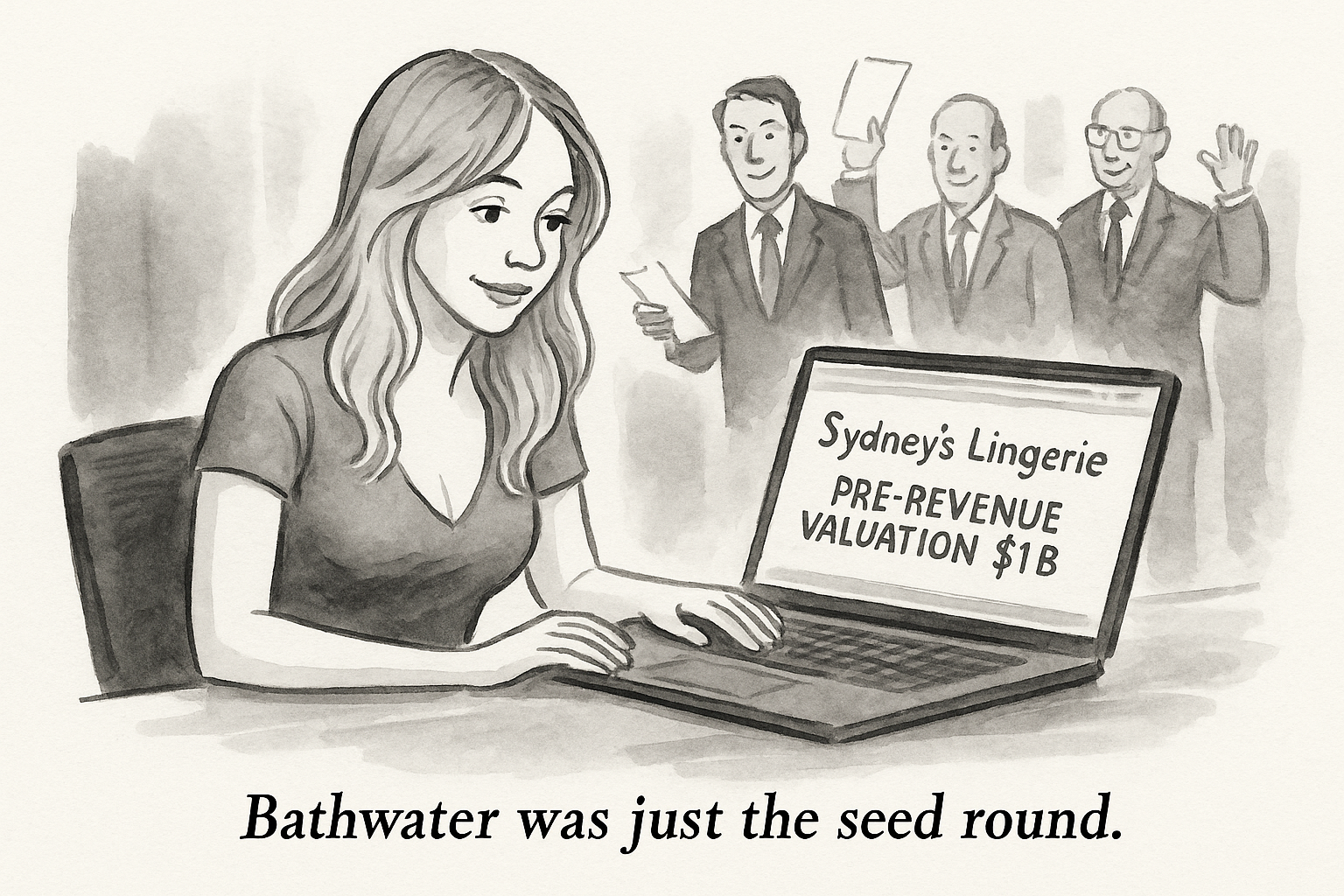
Sydney Sweeney One-Shotted A Million Dudes to Launch a Brand

Welcome to Wednesday, futurists.
This might be the densest amount of analysis we've done in a while.
Today, we're unpacking how Sydney Sweeney turned bathwater into a billion-dollar lingerie empire, why Grok thinks you need an AI girlfriend, and what happens when venture capital meets the male gaze.
Spoiler: Nothing good.
PLUS, Shopify might have created “agentic ghettos,” and oh my cod, it’s protein.
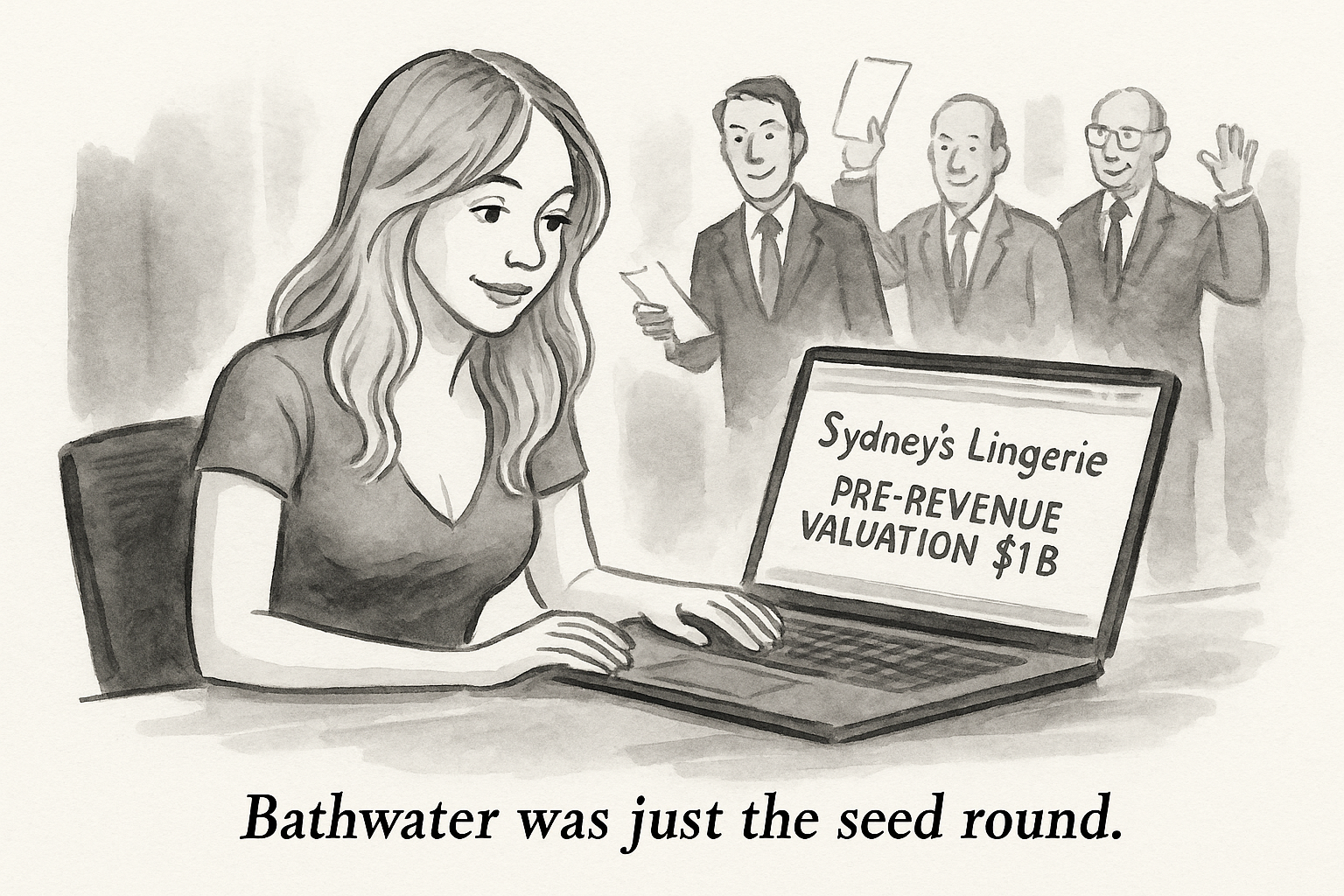
Of course she is.
Just six weeks after selling her literal bathwater to a million thirsty fans, Sydney Sweeney is launching a lingerie brand. Because in 2025, the parasocial-to-purchase pipeline isn't just efficient; it's mandatory.
The money trail is predictably Silicon Valley: Coatue gets a billion from Bezos and Dell, Ben Schwerin (ex-Snap, because of course) shepherds the deal, and Lauren Sánchez plays venture matchmaker. Which finally explains why Sweeney was sipping champagne at that Venetian wedding while we all asked, "Wait, how?"
Mystery solved: It wasn't friendship. It was a pre-revenue valuation.
But here's the exhausting part: This is just Wednesday now. The same day Sweeney announces her "empowering" lingerie line, Grok launches a pornographic waifu chatbot.
The culture that monetizes celebrity sexuality can also generate infinite synthetic girlfriends!
It’s not either/or, it’s yes/and!
The progression is grimly logical. Bathwater soap was market research disguised as a joke. A million email addresses. A million proof points that consumers will buy anything if it promises proximity to desire.
Now scale that with VC money and label it female empowerment.
This isn't art as commerce; it's the complete collapse of the distinction. When everything is sexualized, commercialized, or gamified, we don't get liberation. We get Liquid Death for libidos.
Sweeney's genius isn't in "wrestling back power over her image." It's in recognizing that in a culture where AI companions and celebrity bathwater both find million-strong markets, the only power left is getting your cap table right.
Welcome to the future. It smells like Sydney Sweeney's bathwater, costs $1 billion, and comes with a term sheet.
The real question isn't whether this will work. It's what we're becoming when "founder-influencer selling parasocial intimacy" is just another Tuesday pitch deck. When Grok's anime girlfriends and Sweeney's venture-backed underwear occupy the same cultural moment, maybe we should ask: What exactly are we building here?
But hey, at least the unit economics work.
— Phillip

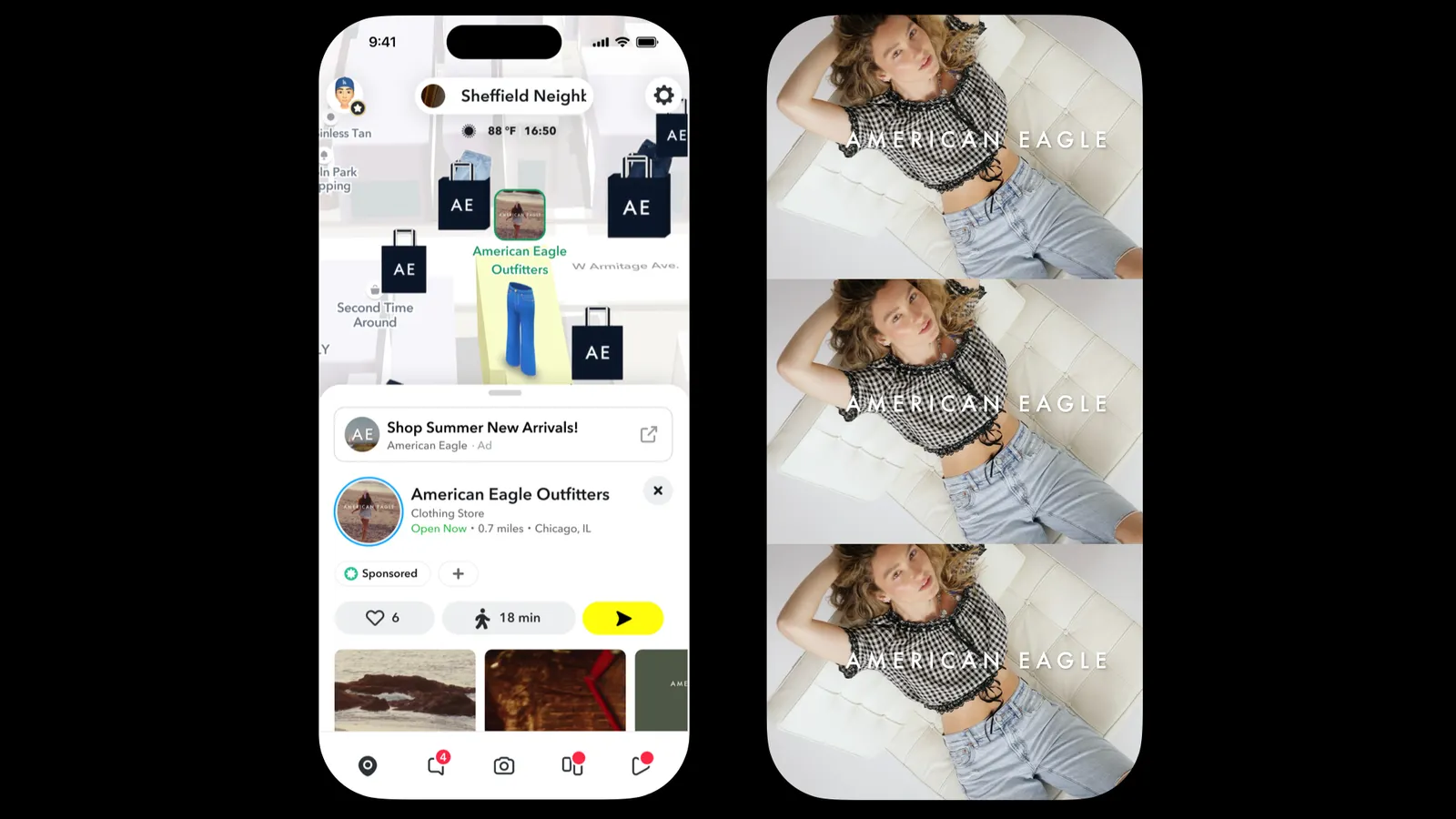
Snap, Try, Buy. American Eagle is partnering with Snapchat to make the back-to-school shopping experience a bit more “phygital.” The retailer has launched an augmented reality-powered campaign that features more than 800 locations on Snap Map and a virtual try-on Lens for AE Jeans. With nearly 40% of its global user base being Gen Z, Snapchat is a rich platform for American Eagle to connect its vast brick-and-mortar footprint to digital moments of engagement; a method for proving both presence and proximity. And with US consumers planning to spend $33 billion on back-to-school this year, brands need to embrace the platforms both students and their parents use to create rich, omnimodal experiences.
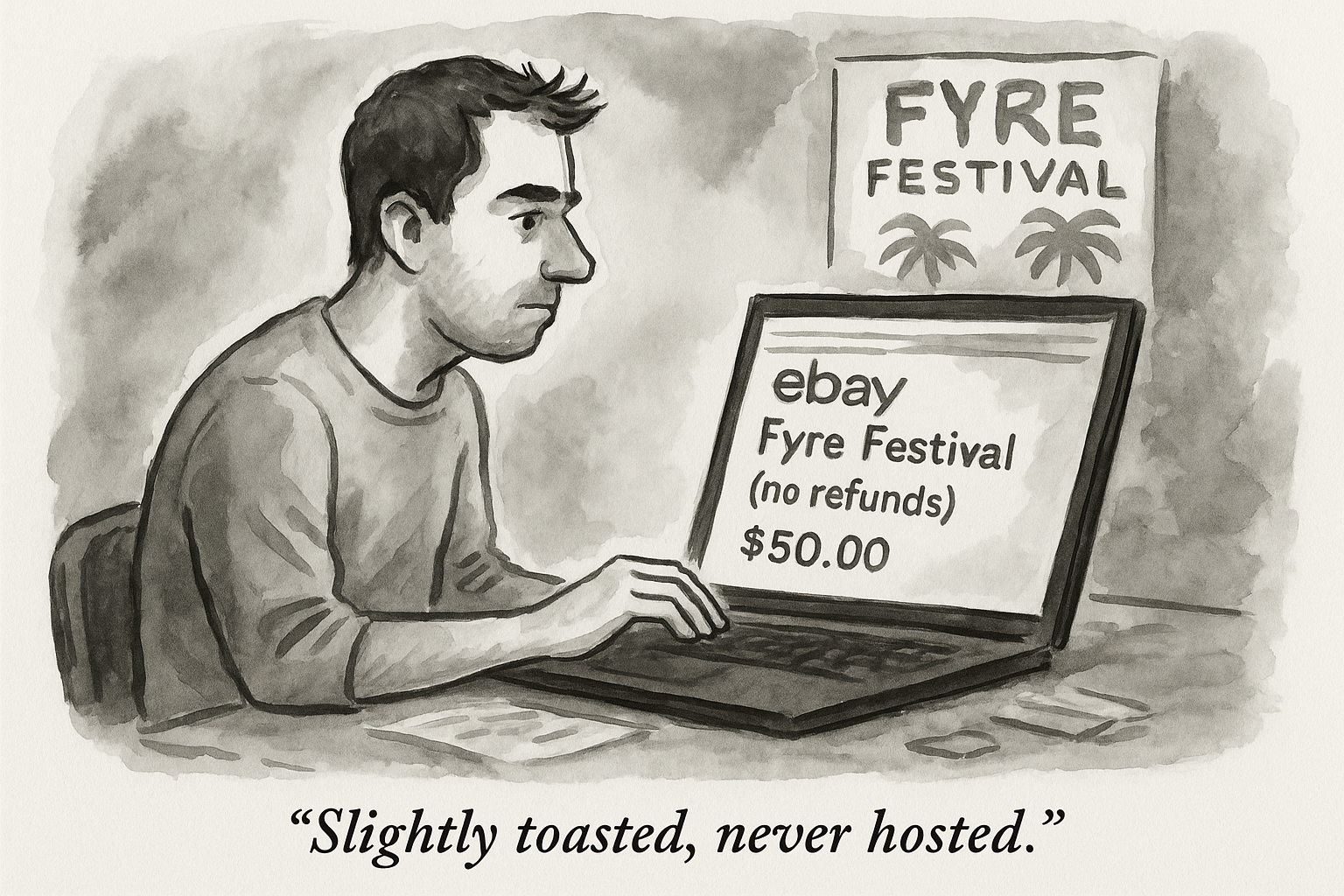
The Fyre Burns On? Nearly eight years after the infamous anti-festival left influencers stranded on a Bahamian island without water and food (save for a few pathetic cheese sandwiches), the rights to the Fyre Festival brand have sold on eBay for $245,300. Of course, this comes after Billy McFarland went on a grand media tour for Fyre Festival II, which sold out before it was indefinitely postponed.
While McFarland balked at the final sale price (“Damn. This sucks, it’s so low,” he said) one could argue that he walks off with a great deal. But what about the person on the other side of the screen? The identity of the buyer remains a mystery, as does their intent. Are they a collector of digital relics? A culture-savvy marketer? A manic influencer who wants to try his own hand at scamming the general public? Regardless, the sale proves that in 2025, cultural relevance and nostalgic value don’t necessarily need to be positive…they just need to be unforgettable. Whether the Fyre brand burns on or not, its memory will live on, especially for the retail executives who have a sound model of what not to do with their influencer trips and experiential activations.

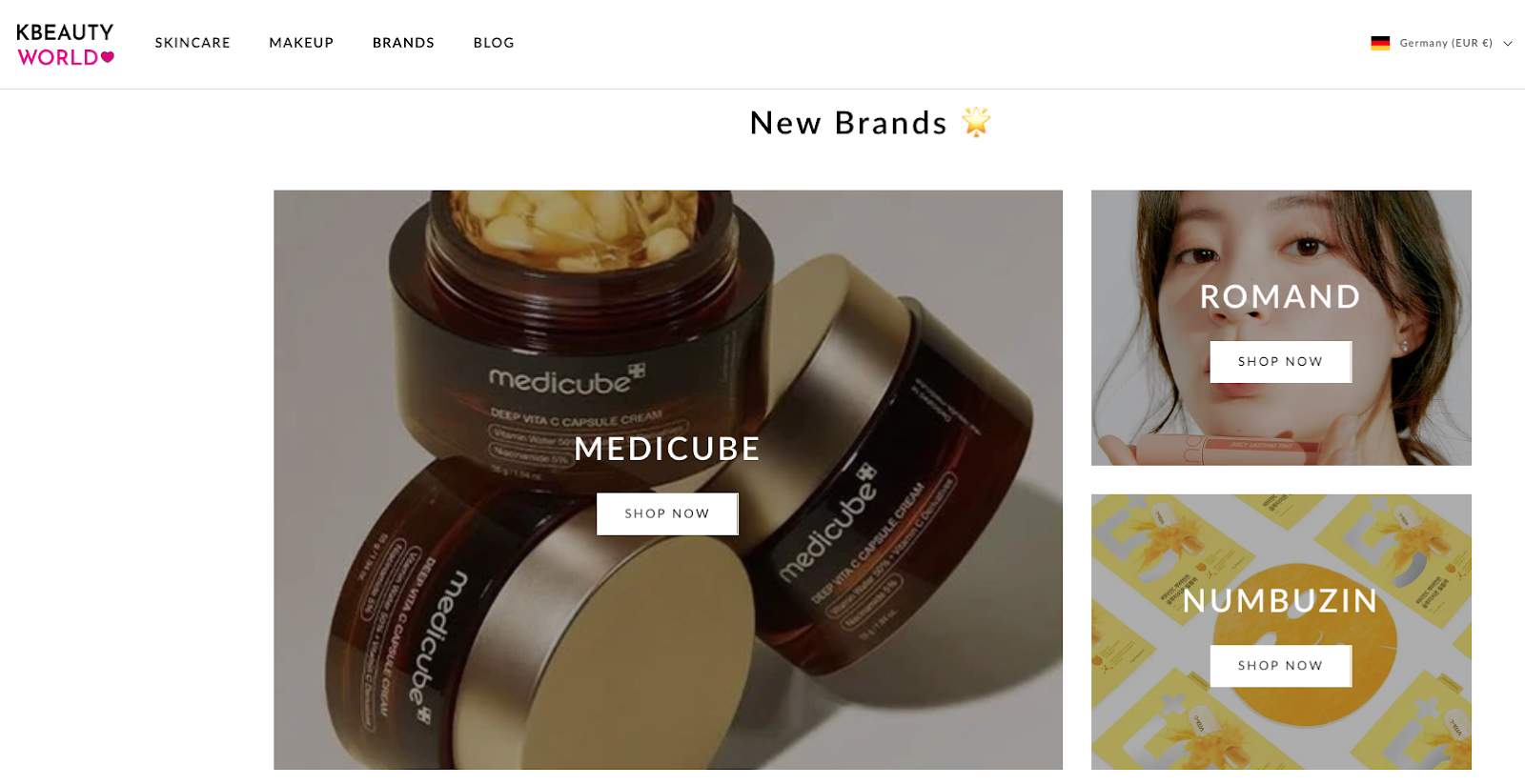
Seoul Searching. Ulta is doubling down on Korean beauty by adding eight new brands to its merchandise mix. The expansion is powered by the retailer’s partnership with K-Beauty World, a platform designed to help consumers discover new brands within the category.
The K‑beauty market reached roughly $14.7 billion in 2024 and is projected to nearly double by 2033, tracking a compound annual growth rate of about 9%. With that kind of runway, Ulta gains both cultural cred and a clear commercial upside, something the retailer undoubtedly wants to capitalize on to continue its Q1 2025 sales momentum. From TikTok-fueled snail‑mucin rituals to makeup-meets-wellness, K‑beauty has become a marker of modern self-care for the past decade. Through this partnership with K-Beauty World, Ulta is bolstering its global positioning while meeting demand for a trendy, high-growth sector.
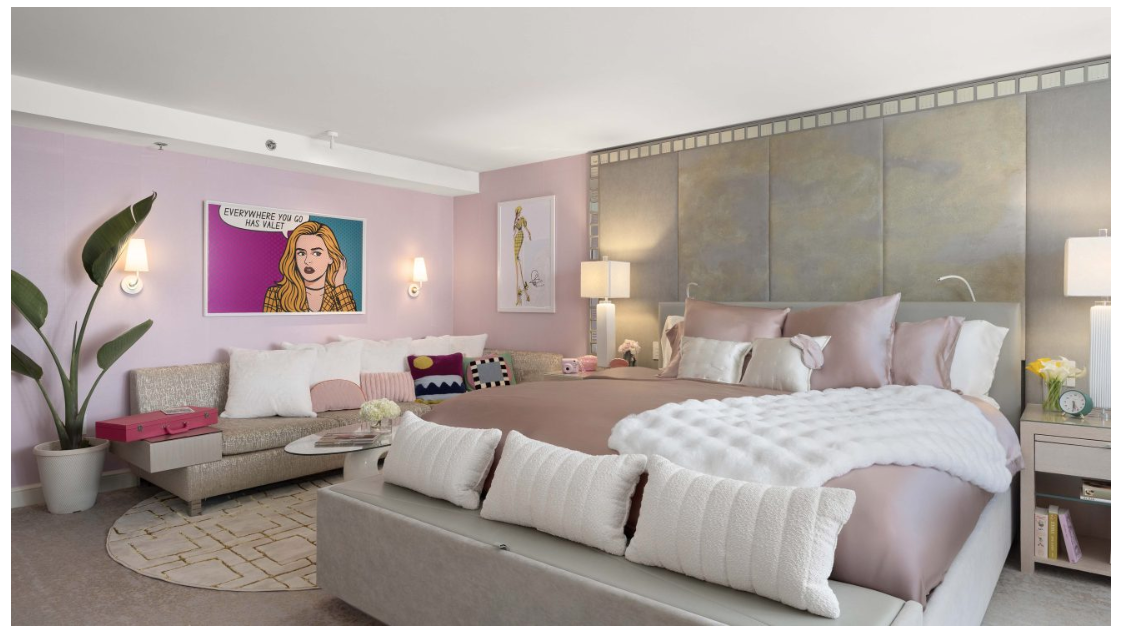
The Suite Life. As if! L’Ermitage Beverly Hills has launched “The Clueless Suite,” a luxurious homage to the film that redefined fashion, femininity, and coming-of-age consumerism. In collaboration with Bloomingdale’s and costume designer Mona May, the suite offers superfans a shoppable closet (via QR code, natch), curated Dior glam sessions, and access to Cher’s signature Jeep, all wrapped in a $1,995-per-night price tag.
This isn’t just a themed room. It’s an IRL manifestation of the iconic ‘90s film, slightly elevated and modernized for the influencer age.
Beyond the nostalgia-bait cash grab is a more strategic move: retail and hospitality are merging to build full-spectrum fantasy worlds. From pre-arrival quizzes to styling appointments, and app integrations, “The Clueless Suite” is proof that the right cultural IP can turn hotels into brand playgrounds. After all, who didn’t want to live in Cher’s room? And like, hello?! It’s not just a room, it’s a retail sales channel. And the social sphere is already bugging.

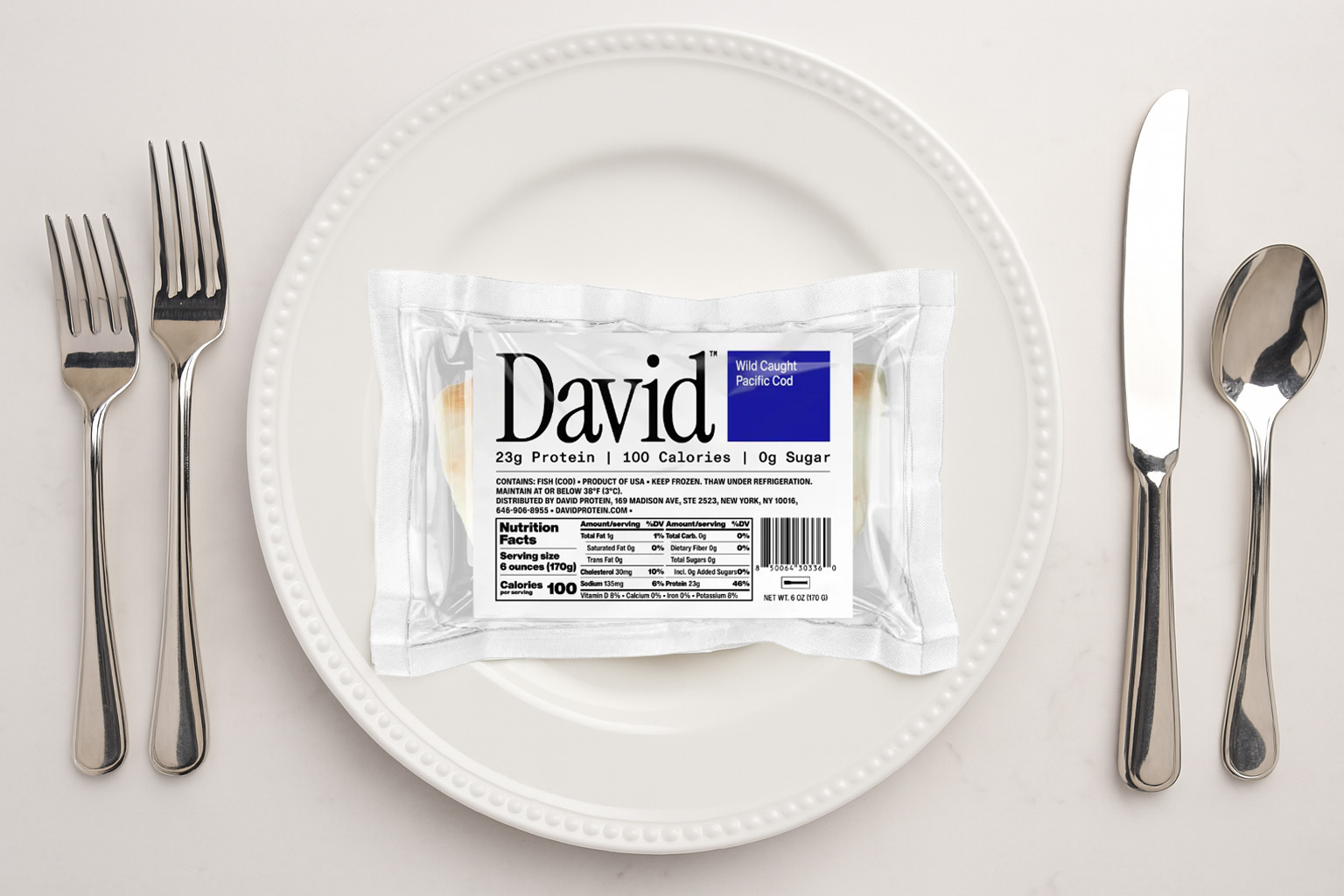
Smells Fishy. Peter Rahal, who shaped and built the David protein bar empire in just over a year’s time, is taking a new, albeit fishy path by launching Wild Caught Pacific Cod. Each box comes with four filets (each 6 ounces) and will set shoppers back $55, about double the cost for cod at mainstream grocers like Costco, Whole Foods, and even Thrive Market. The price alone may be enough for some shoppers to pause, but the brand is banking on its loyal customer base to show up.
Due to the brand’s reputation for clean ingredients and transparent product development, they just might. Each box of cod is wild caught by Kyle Lee, a commercial fisherman based in Alaska, after all. Some CPG brands have kept their protein schtick to a cluster of products, like protein bars, powders, and creatine. But David is showing just how broad the product scope can be if you fish with a net, not a spear.
Our Take: This isn’t a product line extension; it’s a MSCHF-style marketing activation with a product attached. David launched with spectacle from the very beginning, and they’re continuing the trend with an interim launch to tide them over following a hefty $75M Series A fundraise led by Valor Equity Partners.
“This is in the marketing budget, not product dev,” said Jess Bachman, founder of FireTeam, a brand creative advertising agency. In the same way that Haus launched caviar to cheers and jeers, frozen cod isn’t meant to be a perfect Venn-diagram product extension; it’s meant to get attention and drive conversation.
It’s a good distraction for a current legal battle brewing against David by key competitors and its acquisition of Epogee, which has cornered the market on a fat substitute, EPG; a key ingredient in many of David’s competitors.
Subreddit r/volumeeating, a community dedicated to maximizing food input for minimal calories, is currently having a roast of the brand. “April Fools in July?”
Coldpack DTC is an expensive endeavor, which is why the higher price point exists. I expect that the DTC debut will eventually migrate to Happier Grocery, Erewhon, and other luxe markets, where we’ll see a more reasonable price point for frozen cod (Whole Foods retails four filets @ 32oz for $24.99).

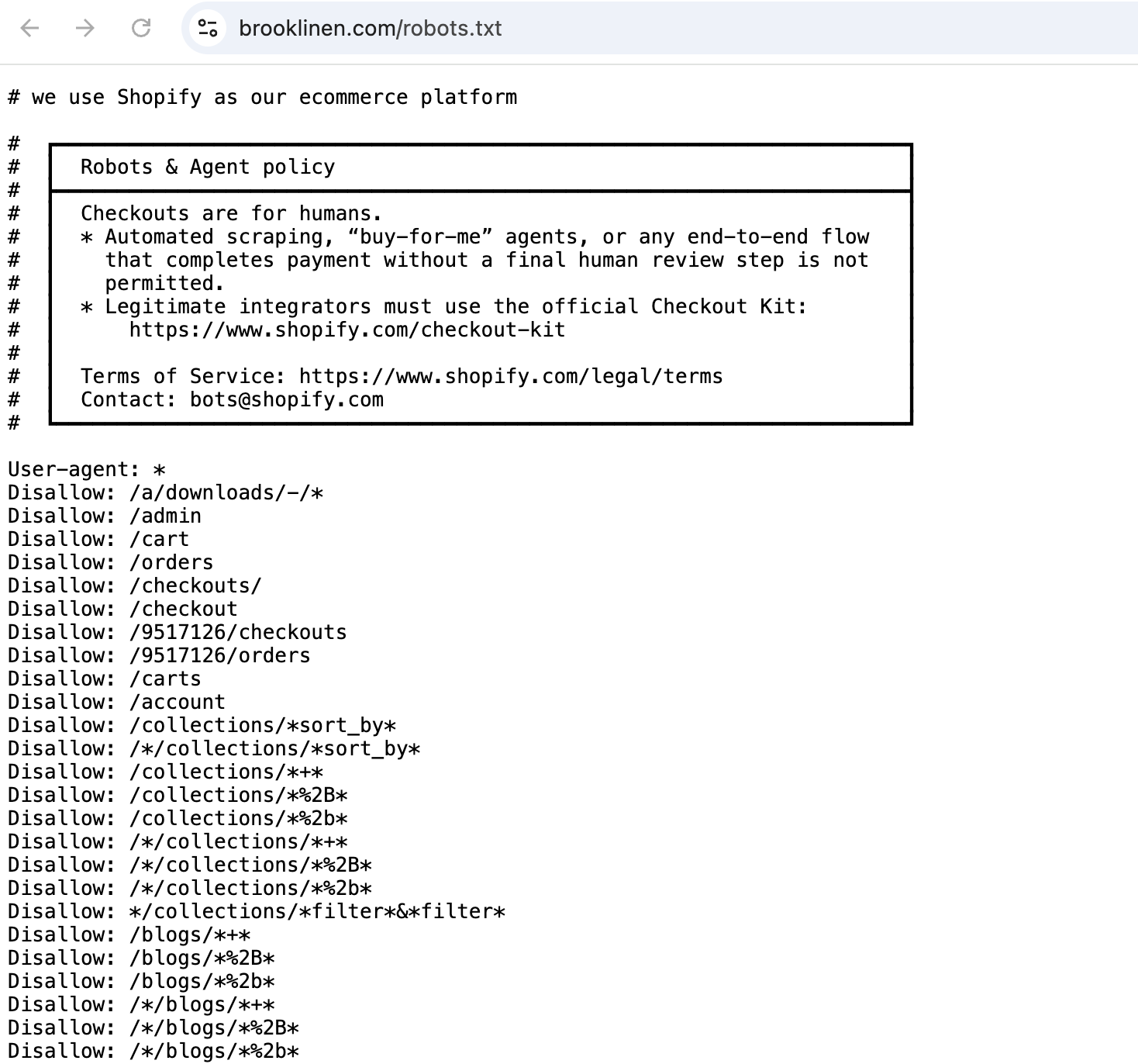
Shopping Bot Blocker. Shopify has updated its policies to block “buy-for-me” bots from running end-to-end transactions without a final human review. The new language might not be legally binding, but it illustrates how perceptions of agentic tools and experiences are evolving, and how certain platforms are responding.
“Automated scraping, ‘buy-for-me’ agents, or any end-to-end flow that completes payment without a final review step is not permitted,” a warning in the new merchant storefront code says. It appears on Shopify storefronts, including Alo Yoga, Allbirds, and Brooklinen, when users add “/robots.txt” to any merchant URL.
Our Take: The change “doesn’t add or remove any rules for bots or agents,” said Ilya Grigorik, Shopify’s distinguished engineer and technical advisor to the company CEO, in a post on X. “All we added is a comment for curious humans with a pointer to http://shopify.com/checkout-kit for native integration that delivers a full-featured checkout experience.” But is this actually a way for Shopify to build its own narrative around when, how, and why agentic AI bots should be used?
Agents are no doubt the future, and this move seems to hint at first-class API-based rails specifically designed to push agents into a walled experience. These “agentic ghettos” don’t prioritize agents acting on behalf of humans. We’ve spoken extensively about this in 2025.
While it has built a partnership with Perplexity and is reportedly piloting a shopping feature with OpenAI, Shopify seems to be reasserting control of the most lucrative moment in the funnel: checkout.
But platforms like OpenAI are currently exploring agentic shopping, and payments giants like Visa and PayPal are planning to build to support it. Moreover, enterprise retailers such as Walmart and Amazon are already embracing agentic AI within the “four walls” of their eCommerce sites, recommending products and even purchasing them on consumers’ behalf. With “agentic” being the topic du jour in current AI discourse, what is the long-term play for this coding checkpoint?










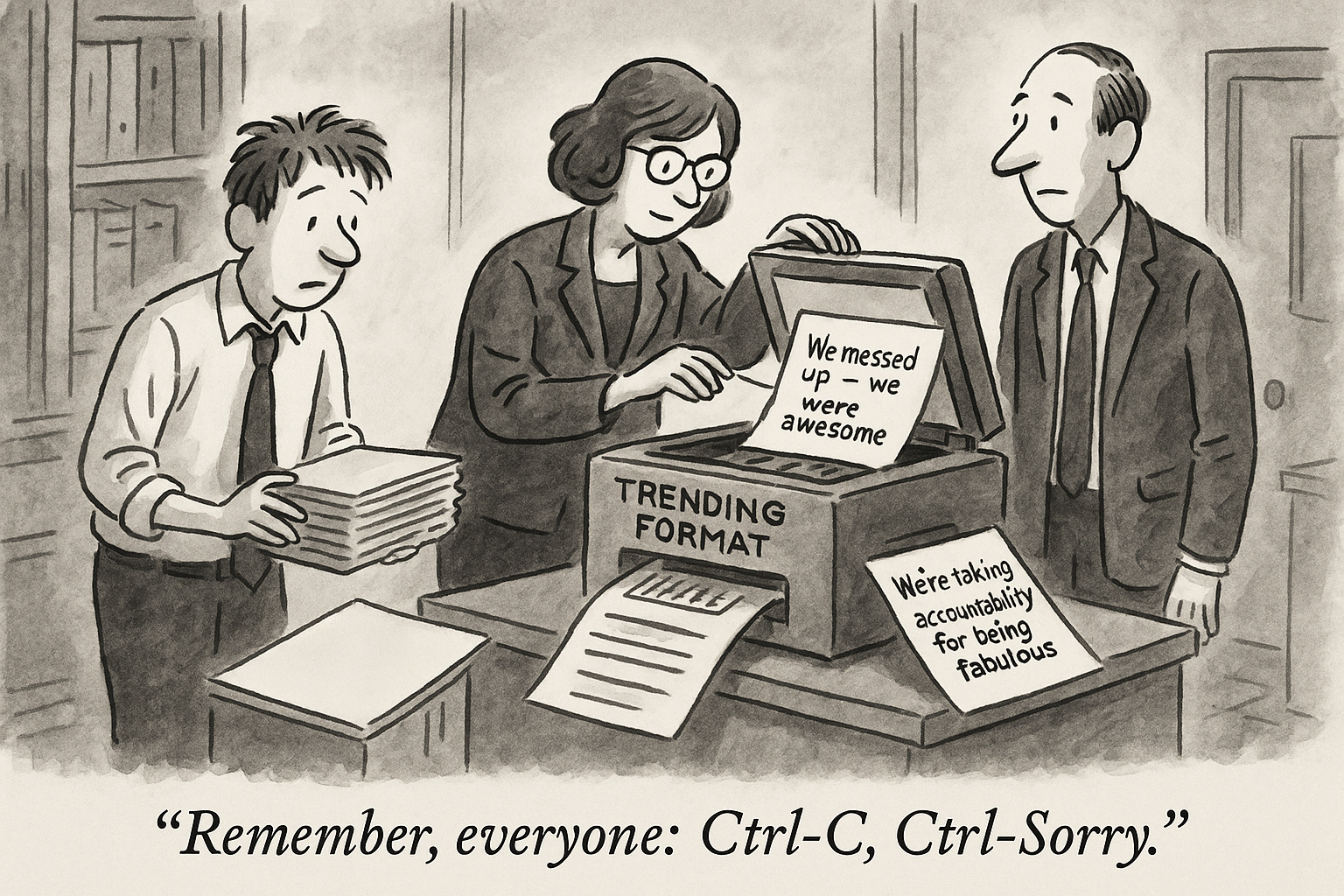
.svg)
